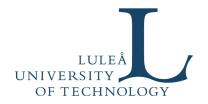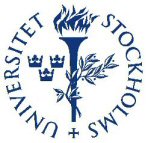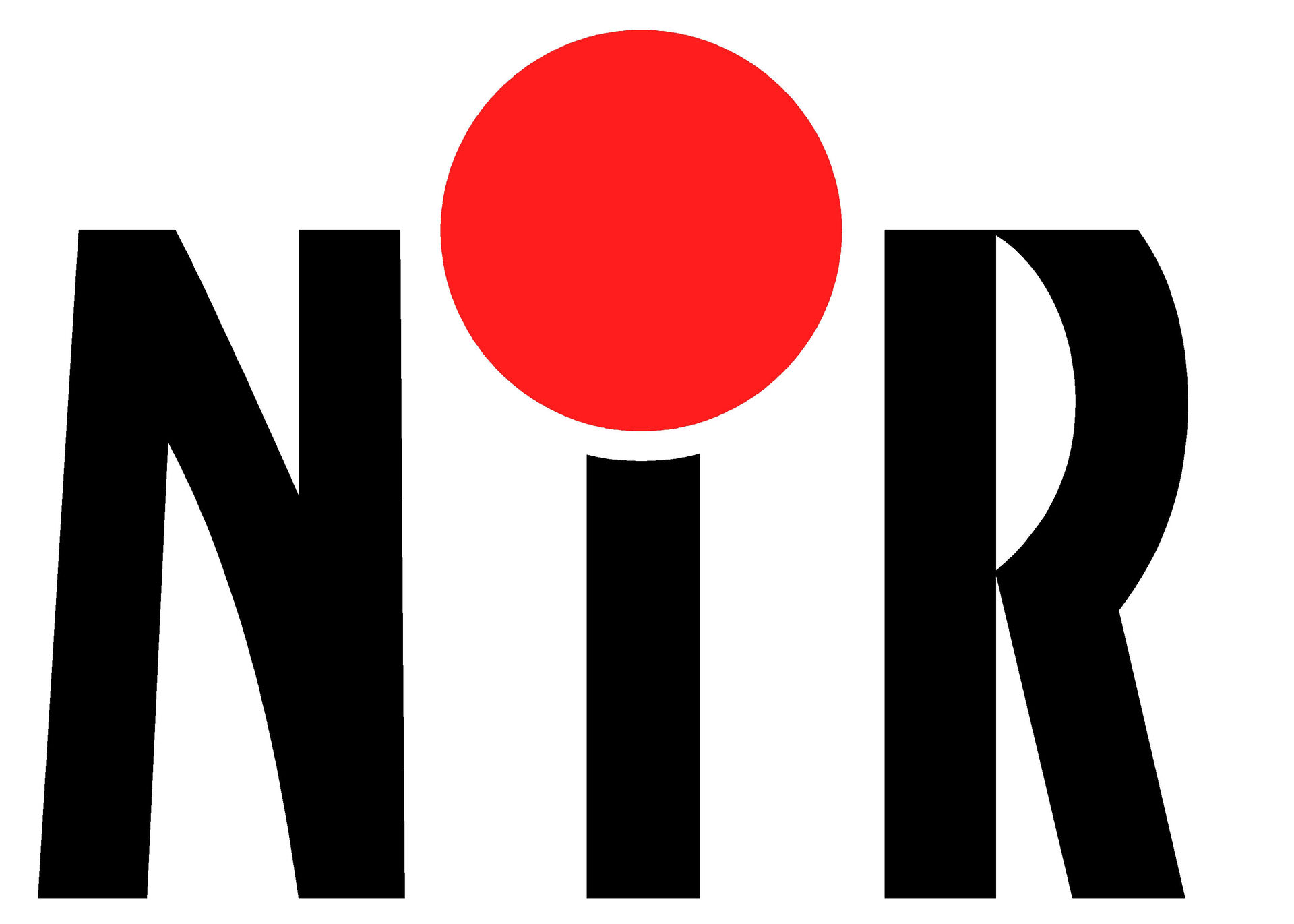|
Nordic Research Board
Network on Impact Research (NIR)
is offering a research training course to take place in Sweden, May/June 2007
HOW IMPACT CRATERING AFFECTS LOCAL GEOLOGY, GEOCHEMISTRY, AND GEOPHYSICS
Rättvik, Sweden, May 28. – June 2., 2007
Background
THE SILJAN RING is the second largest of Europe’s recognized impact structures. It is a 50 km wide annular depression consisting of Lower Palaeozoic sedimentary rocks, downfaulted into crystalline basement. The upper levels of the crater have been removed by erosion. The remaining horizontal section gives unusual insight into the deep structure of a major impact crater. We will compare it with other impact structures. In the course we will discuss how modeling of the impact processes helps to understand the resulting geology, and we will also in detail study geochemical and geophysical diagnostic properties of impact craters.
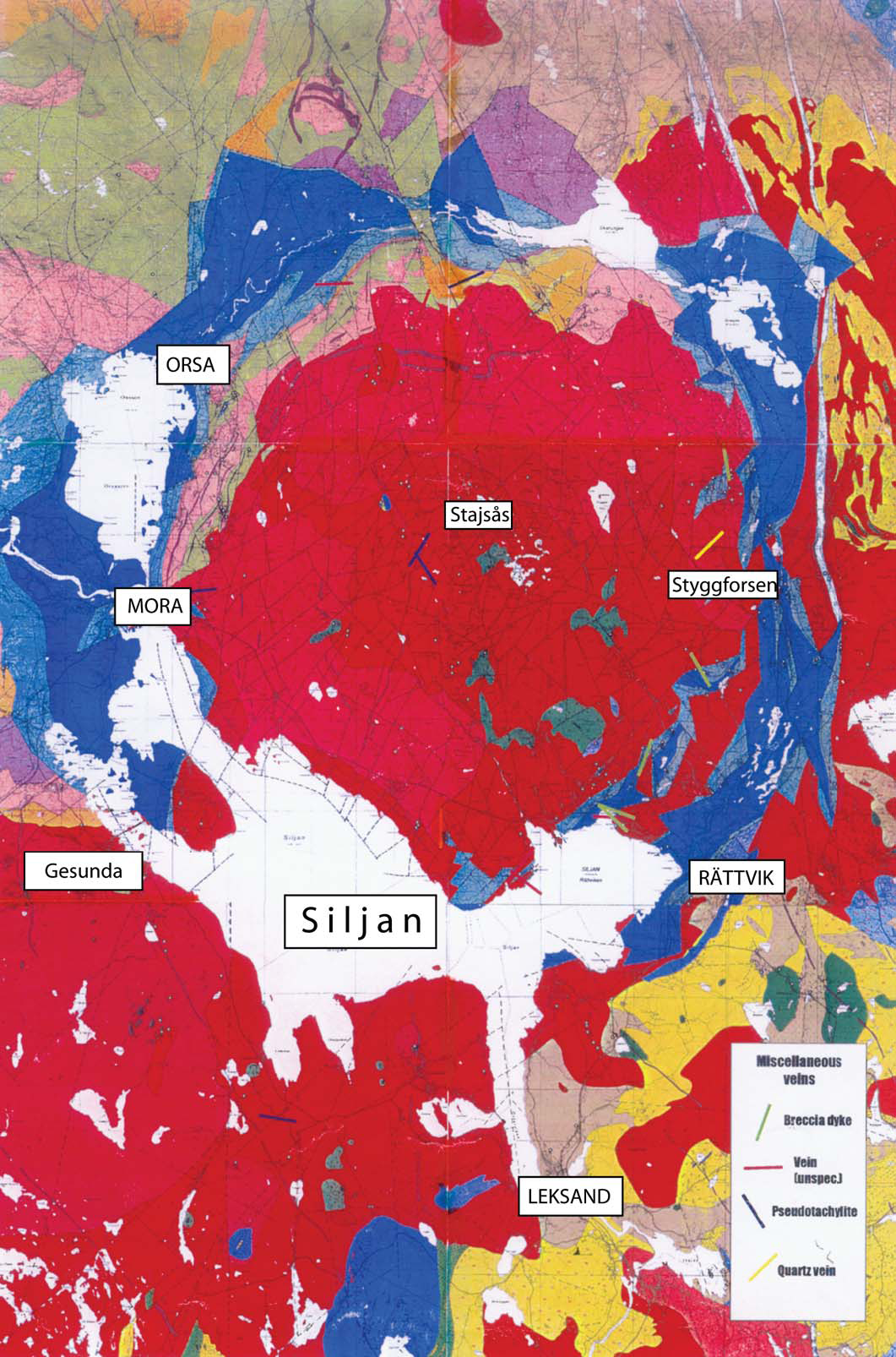
The oldest bedrock is Proterozoic volcanics (yellow, to the E). It is intruded by Proterozoic granite (dark red, to the NE also light red) that is overlain by later Proterozoic ('Jotnian') volcanics and sandstone (light green, orange, and light red in the NW sector). Blue marks the Lower Paleozoic of the remnant of the eroded Terrace Terrain that surrounds the Central Uplift. The Uplift consists of Proterozoic granite and, to the NW, volcanics and sandstone.
Course description
Level: Research students and young post-graduates. 10 ECTS credits.
Arrival and registration: May 29. Departure June 3.
Deadline for registration: March 17.
Venue: Stiftsgården, Kyrkvägen 2, SE 795 32 Rättvik.
Costs: Participants from NIR participating countries register for free; prospective participants from outside the NIR region may be considered for vacant seats.
No of participants: 15
Organizers: Sten-Åke Elming. Luleå Technical University; Maurits Lindström, Stockholm University.
Instructors: Christian Koeberl, University of Vienna; Hemin Koyi, Uppsala University; Dan Dyrelius, Uppsala University; Sten-Åke Elming, Technical University of Luleå; Maurits Lindström, Stockholm University.
Course reports: Deadline June 18.
The application should include name, age, address of home institution, e-mail address and phone number along with the title of thesis and name of supervisor. In addition a short description (max. 200 words) expressing scope of interest and current projects. Download application form
The total application should not be larger than one page and should be sent (e-mail) to Henning Dypvik no later than March 17. Questions may also be addressed to Maurits Lindström , telephone 0046-8-164724 and 0046-8-767 7793.
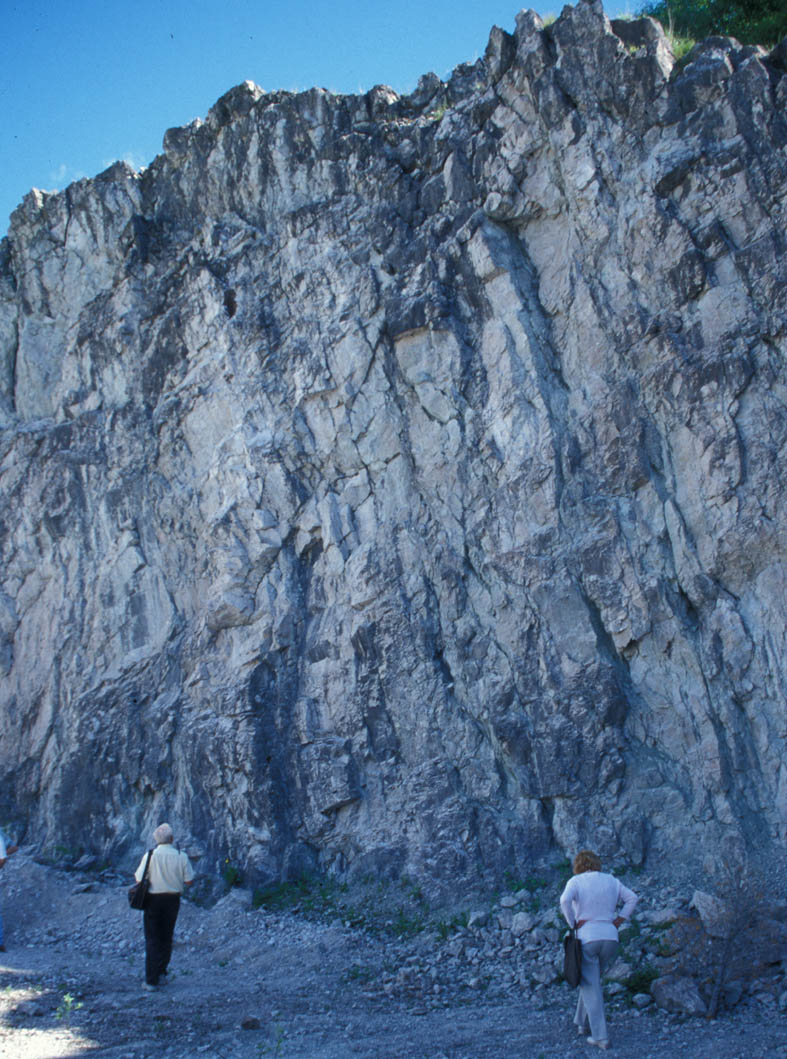
Osmundberg: Great exposures of folded and faulted Ordovician limestones along the Crater rim.
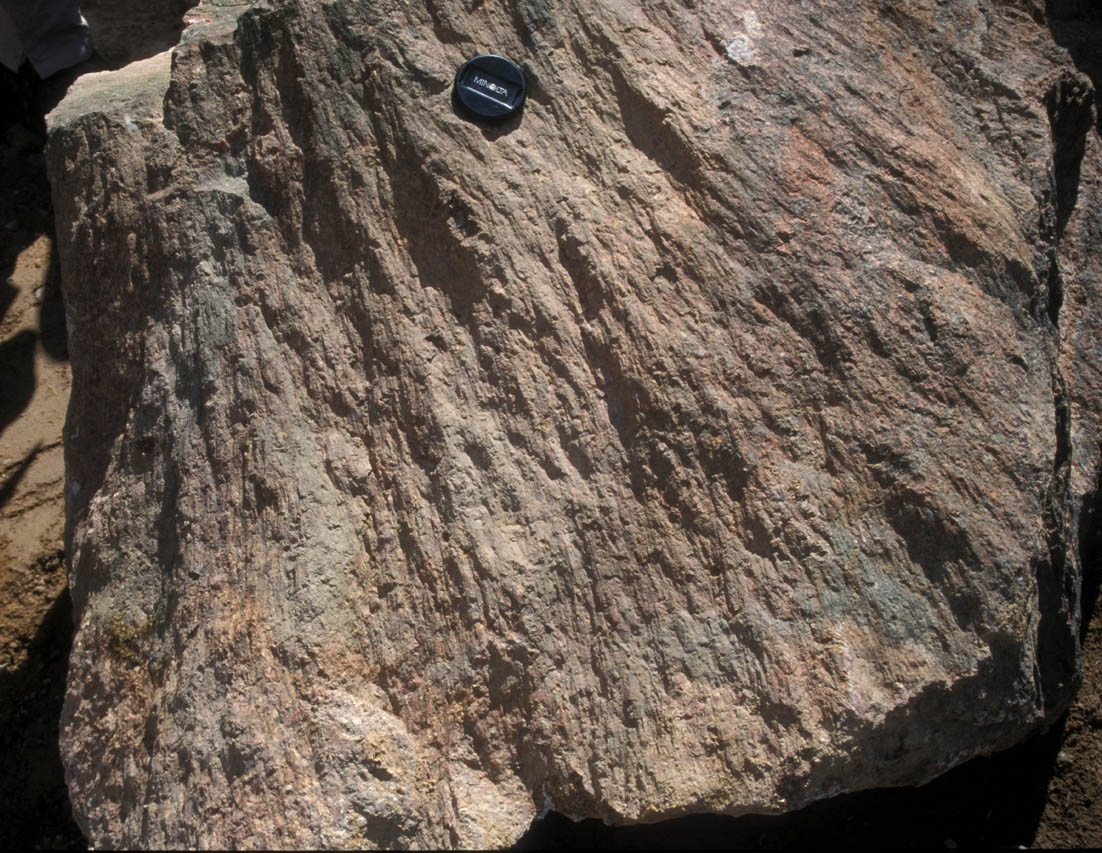
Shattercone at Stajsås
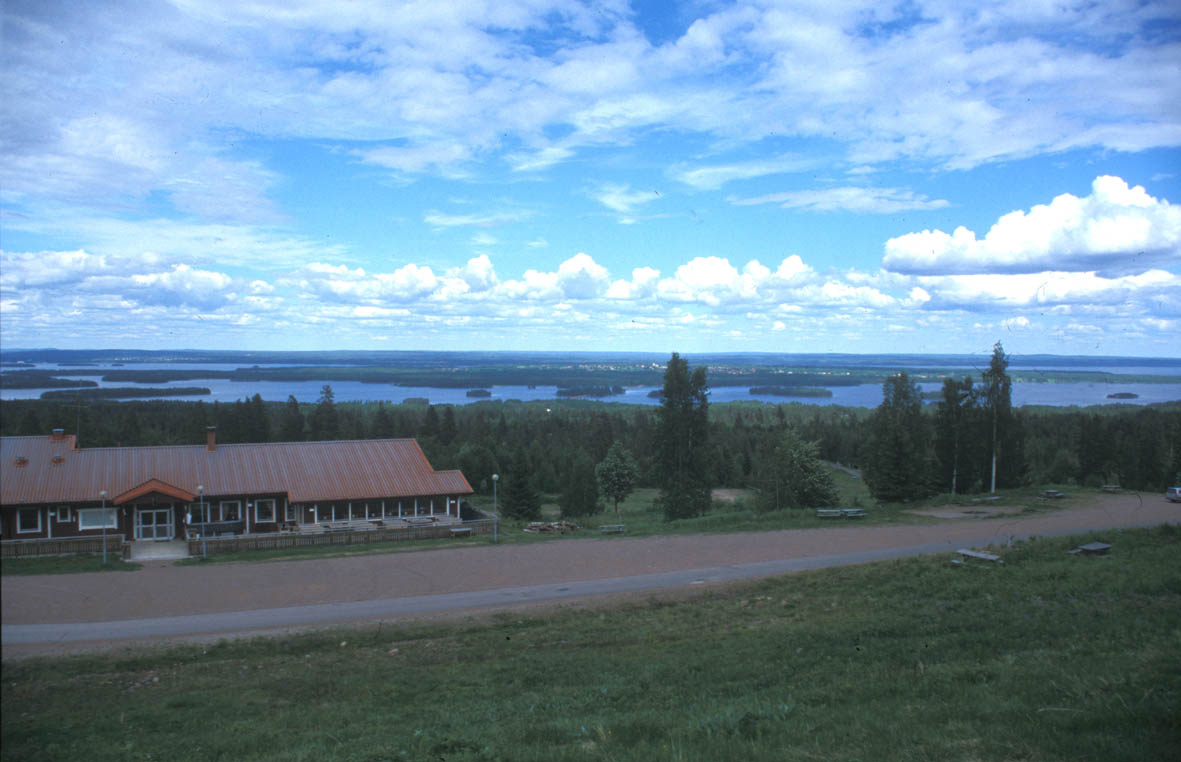
View towards Siljan from Gesunda.
|
